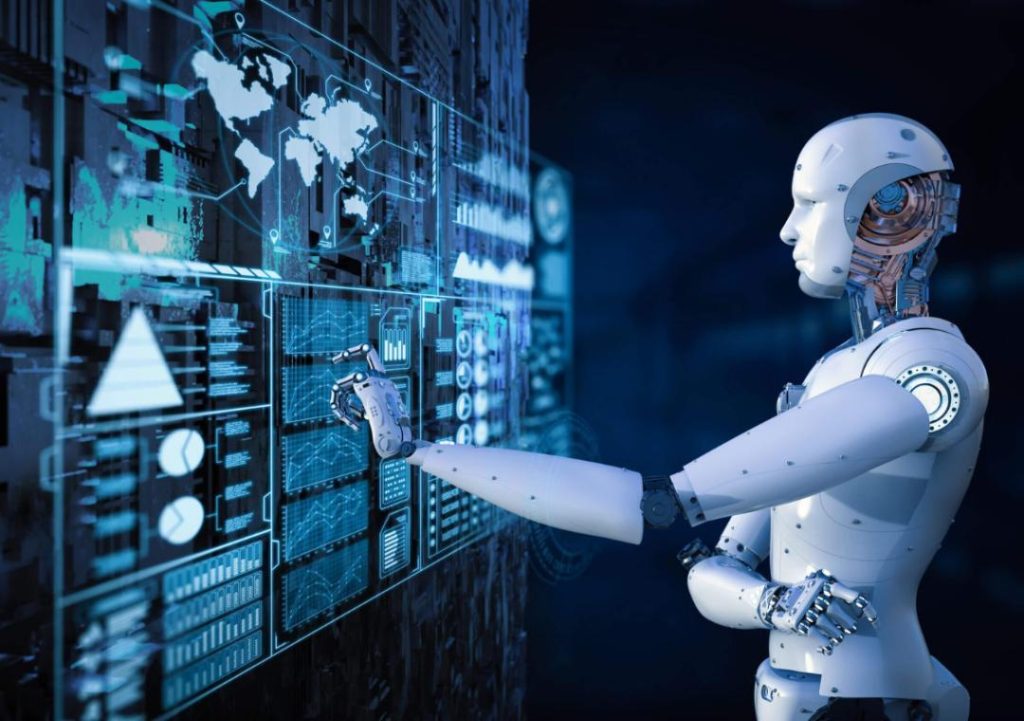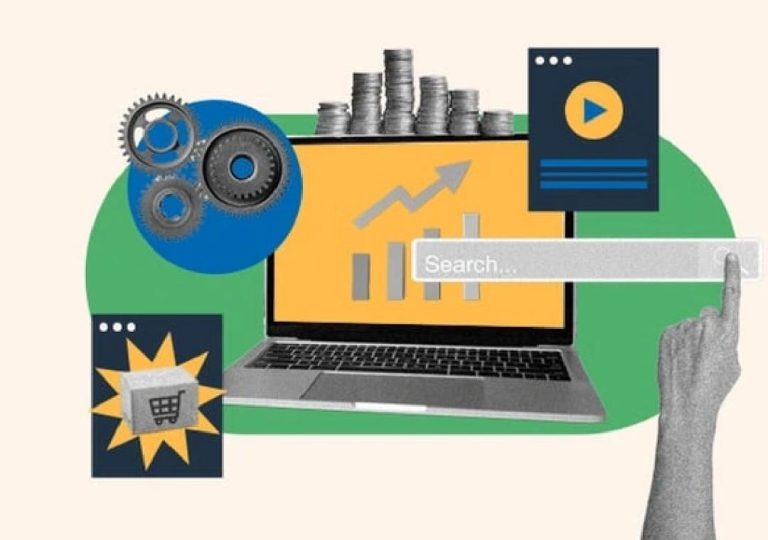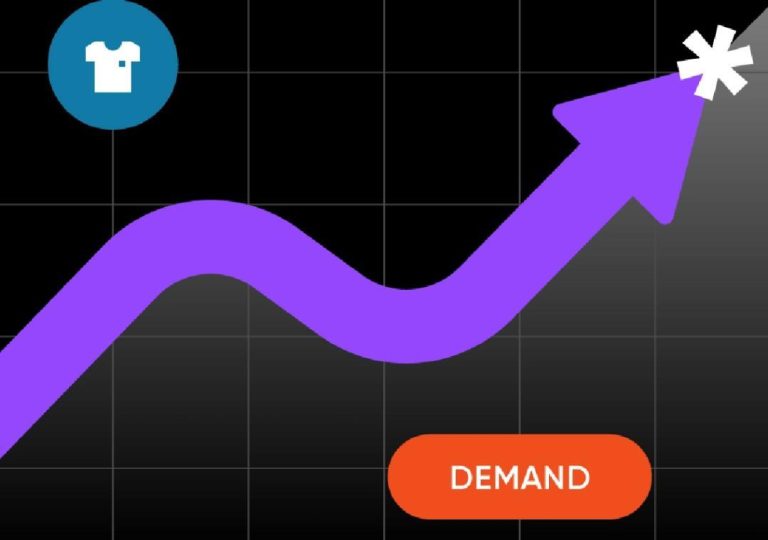
AI & Automation: The Productivity Power Duo
In today’s fast-paced business environment, companies are constantly seeking ways to increase efficiency, reduce costs, and improve customer satisfaction. Two emerging technologies – Artificial Intelligence (AI) and Automation – have joined forces to create a powerful duo that’s revolutionizing the way organizations operate. In this blog post, we’ll explore how AI and Automation are working together to reshape efficiency across industries and unlock new levels of productivity.
The Rise of Automation
Automation, also known as Robotic Process Automation (RPA), has been around for a while. It involves using software bots to perform repetitive, rules-based tasks that would otherwise be done by humans. By automating these tasks, companies can reduce manual errors, increase speed, and free up employees to focus on more strategic work.
However, traditional RPA had its limitations. For instance, it struggled with complex decisions that required human judgment or adaptability to changing circumstances. This is where AI comes in – to take Automation to the next level.
The Power of AI-Driven Automation
AI-driven Automation combines the strengths of both technologies. It leverages machine learning algorithms to analyze data, identify patterns, and make decisions that were previously beyond the capabilities of RPA.
Here’s how it works:
- Data Collection: AI-powered Automation collects data from various sources, such as databases, applications, and files.
- Pattern Recognition: Machine learning algorithms analyze the data to identify patterns, anomalies, and relationships.
- Decision-Making: The AI system makes decisions based on the insights gained from the data analysis. These decisions can be used to automate complex tasks, such as customer segmentation, risk assessment, or predictive maintenance.
- Action Execution: The AI system executes the decisions by interacting with the affected systems, applications, or processes.
Benefits of AI & Automation
The combination of AI and Automation offers numerous benefits to companies across various industries. Some of the key advantages include:
- Increased Efficiency: AI-driven Automation enables companies to perform tasks faster and more accurately, reducing the need for manual intervention and minimizing the risk of human error.
- Improved Decision-Making: AI-powered Automation can analyze vast amounts of data and identify patterns that may not be apparent to human analysts. This leads to better decision-making and more informed business strategies.
- Enhanced Customer Experience: By automating routine tasks and freeing up human resources, companies can focus on more complex customer-facing activities, such as personalized support and proactive issue resolution.
- Cost Savings: AI-driven Automation can reduce labor costs by automating repetitive tasks, as well as minimize the need for additional infrastructure and resources.
- Scalability: AI-powered Automation can handle large volumes of data and scale with the company’s growth, making it an ideal solution for businesses experiencing rapid expansion.
Industry-Specific Use Cases
AI-driven Automation is not limited to a specific industry or sector. Here are some examples of how companies across various industries are leveraging this technology to improve efficiency and productivity:
- Healthcare: AI-powered Automation is being used to automate administrative tasks, such as scheduling appointments and processing claims. This enables healthcare professionals to focus on more critical patient care activities.
- Finance: Banks and financial institutions are using AI-driven Automation to automate accounting tasks, detect fraudulent activities, and streamline loan processing.
- Retail: Retailers are leveraging AI-powered Automation to optimize inventory management, predict customer demand, and personalize marketing campaigns.
- Manufacturing: Manufacturers are using AI-driven Automation to optimize production processes, predict maintenance needs, and improve quality control.
Conclusion
AI and Automation are a match made in heaven. By combining the strengths of both technologies, companies can unlock new levels of productivity, efficiency, and customer satisfaction. As the technology continues to evolve, we can expect to see even more innovative applications across various industries.
In conclusion, AI-driven Automation is the future of productivity, and companies that adopt this technology will be well-positioned to reap the benefits of increased efficiency, cost savings, and enhanced customer experience.
News Source
This article was originally published on Growth Jockey at https://www.growthjockey.com/blogs/intelligent-automation.






